Center for Skill and Entrepreneurship Development
Manufacturing has emerged as one of the high growth sectors in India. Prime Minister of India had launched the ‘Make in India’ program to place India on the world map as a manufacturing hub and give global recognition to the Indian economy. India’s ranking among the world’s 10 largest manufacturing countries has improved by three places to sixth position in 2015.
The Government of India has set an ambitious target of increasing the contribution of manufacturing output to 25 per cent of Gross Domestic Product (GDP) by 2025, from 16 per cent currently.
India’s manufacturing sector has the potential to touch US$ 1 trillion by 2025. There is potential for the sector to account for 25-30 per cent of the country’s GDP and create up to 90 million domestic jobs by 2025. Business conditions in the Indian manufacturing sector continue to remain positive.
With the help of Make in India drive, In September 2016, Foreign Direct Investment (FDI) in electronic manufacturing has reached an all-time high of Rs 123,000 crore (US$ 18.36 billion) in 2016, from Rs 11,000 crore (US$ 1.65 billion) in 2014; on the back of enabling policies of the government and its Make in India initiative.
India has become one of the most attractive destinations for investments in the manufacturing sector.
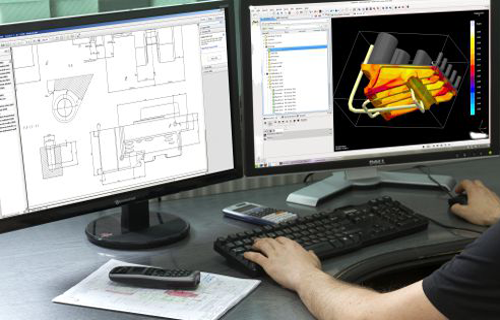
Product Design and Development Lab
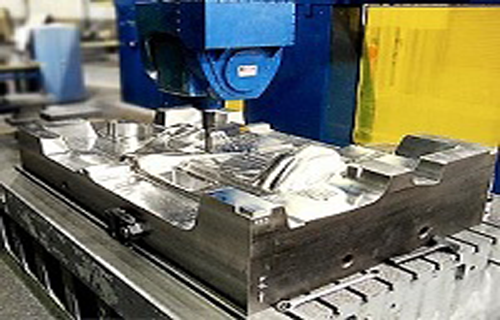
Machining Lab
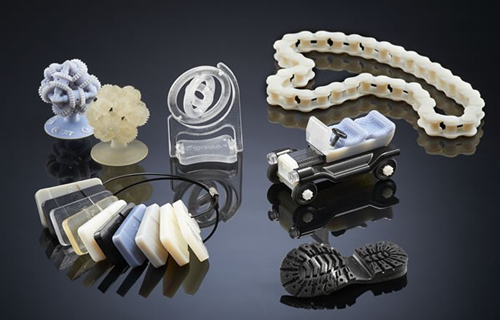
Additive Manufacturing Lab

Reality Lab
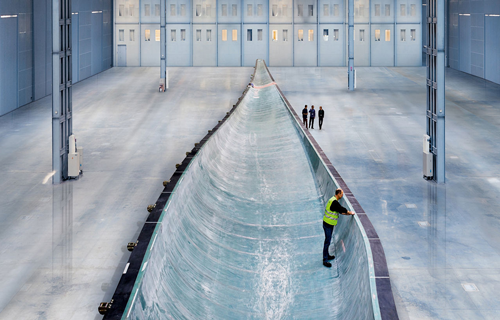
Composite Lab
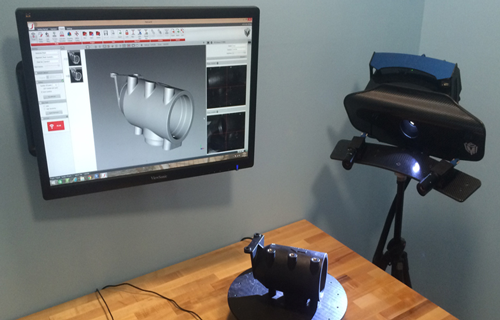
Reverse Engineering Lab
Product Design and Development Lab
Design and Development lab is equipped with High-end HP/Dell workstations with design software addressing to the need of industries across the verticals i.e. Automotive, Industrial Equipment and Heavy Machinery to Aerospace.
Outcome:
The Product Design and Development Lab creates an opportunity for students to practice design skills, handles industrial challenges and innovate products.

Additive Manufacturing Lab
Rapid Prototyping or 3D printing lab is equipped with Advance Fusion Plastic Modeling Machine and compatible software. Rapid Prototyping has also been referred to as solid free-form manufacturing; computer automated manufacturing, and layered manufacturing. In addition, RP models can be used for testing, tooling, such as silicone rubber moulds and investment casts.
Outcome:
In the current scenario3D printing or Additive Manufacturing has been used in Manufacturing, Aerospace, Automobile, Medical Industry and various sectors. This lab helps the students to take industry level projects and gain experience in this field.

Composite Lab
Composite Lab is equipped with Hand Layup Set Up, Filament Winding Set Up, Autoclave, Injection Moulding, NDT Set Up , Hydraulic Press, Vacuum Bagging Method, Tensile and Flexural Testing, Composite Beam Test Set Up etc.
Outcome:
Composites are the materials of the future. The lab is used for a wide variety of research programs in composites manufacture and testing, covering the span between polymer synthesis through compounding, pre-preg formation to product manufacture and mechanical and non-destructive testing. The laboratory helps to provide strong interaction with industry by conducting tests and providing guidance in solving mechanical problems.

Machining Lab
Machining Lab is equipped with high speeds Vertical Machining Center for greater reliability. CNC Machining center is supported with High End CAM software to generate G and M codes for tooling and precise milling operations for Prismatic and Multi-Surfaces Milling, NC Sheet metal, Expert Moldbase, Production Machining and Progressive Die.
Outcome:
Students learn how to set up and operate these machines in order to productively and economically produceaerospace precise machining. They understand jig and fixture design, Mold Design, cutting tool choices, material machine ability, cutting speed and feed rates and can calculate machine time and cost estimates.

Reality Lab
Reality Lab is equipped with 3D projector and CAD view software to have a real time feel of the finish product for final approval and understanding. The lab is open for Industries to visualize their product, as this is the only non-manufacturing process to reach near the physical world.
Outcome:
The reality lab includes substantial research activity, both academic and industry-oriented, as well as technology transfer actions, in the area of virtual, augmented and mixed reality.Reality Lab helps students to gain experience and knowledge in the field of Advanced Manufacturing and Aerospace before going for actual production.

Reverse Engineering Lab
Reverse Engineering Lab is equipped with Blue Light Scanner and RE software to convert the physical object in a digital modelling environment. The lab is open for commercial consultancy for inspection and reengineering.
Scanner is a manually operated lightweight mobile system. Its scanning volume is from small to large parts (50 mm – over 10 m). It has automated navigation with reference targets. It is a high resolution and high accuracy advanced 5th generation white light scanning technology. It has unique (easy & fast) measurement volume switch. It maintains complete portability and reliability of accuracy.
Outcome: Reverse engineering lab helps to build fundamental engineering skills and inspire students to develop product by measuring/Scanning an object and then reconstructing it as a 3D model for further 3D printing and manufacturing.
